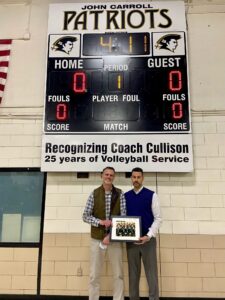By Gina Mayfield
On a typical fall Saturday in October of 2021, Blake and Ashley Burns settled into a routine not unfamiliar to many who call Alabama home. In advance of the University of Alabama football game, Ashley spent the first part of the day in the kitchen and, just around kickoff, offered her husband a slice of freshly baked tres leche cake. Blake decided to hold off due to what he believed was indigestion, then sat down in his favorite chair. Just as he pulled back the lever of his recliner, he became unresponsive.
On instinct, she jumped up and tried to get Blake out of his recliner. The AHA recommends providing chest compressions on a firm, flat surface when possible. Though Ashley was unable get Blake to the floor she started doing chest compressions right then and there. “I could see the color drain from his face. There was no oxygen. I asked him if he could hear me and got no response,” she says. Ashley kept doing chest compressions, then suddenly had a realization: Oh my goodness, I’m here by myself, I’m going to have to call 911 — something she later realized she should have done first.

She gave Blake two quick breaths, grabbed her phone, called 911 on speaker and swung open the front door for the EMTs. “Luckily, we live about half a mile from the fire department. I could hear them turn on the sirens on their way to our house,” Ashley says. Before she knew it, she had a house full of EMTs. Chest compressions commenced and a defibrilator was used. “When they shocked him, they couldn’t get a response, so they ended up having to shock him three times,” Ashley says. Still nothing.
“I got really nervous. I thought, This is not good. They’ve shocked him three times and he’s still not responding. That’s when they told me they were going to have to intubate him and start an IV,” Ashley says. Not long after, they loaded Blake into the ambulance and rushed him to the hospital. Ashley and Blake’s brother met them there.
“I’m going to be honest, we were actually scared to go in. I thought they were going to come out and say he didn’t make it,” Ashley says. Instead, a fireman found them and shared some good news: Blake was awake! Ashley went to see him and found a very active emergency room, as they prepared to put in a stent. Eventually, the doctor on duty had a special word for Ashley. “He told me over and over and over that had I not been there and done CPR when I did, Blake would not be alive,” she says.
After a stay in the hospital, Blake and Ashley returned home to a new normal. Blake quit smoking, eats better and checks his blood pressure twice a day. Both Ashley and Blake completed their CPR training.
Looking back, the warning signs were all there. “I will tell you this, he had every symptom of a heart attack a person can have in the days and weeks prior to this event,” Ashley says. There was jaw pain dismissed by an ENT as a potential sinus infection or possibly arthritis. Then the day before the heart attack Blake suddenly broke out in a sweat at a red light, then developed back pain between his shoulder blades later that night. The next morning came that indigestion, then the heart attack that led to cardiac arrest and Ashley’s life-saving CPR.
“Blake came back around though, he made it through, so that was good,” Ashley says. “I never thought I would have to do something like that at home, or on a family member. But you know, it goes to show, it happens.”
The AHA is committed to transforming a nation of bystanders into a Nation of Lifesavers. Join the movement that can make a difference in the life of someone’s partner, parent, friend, or family.


